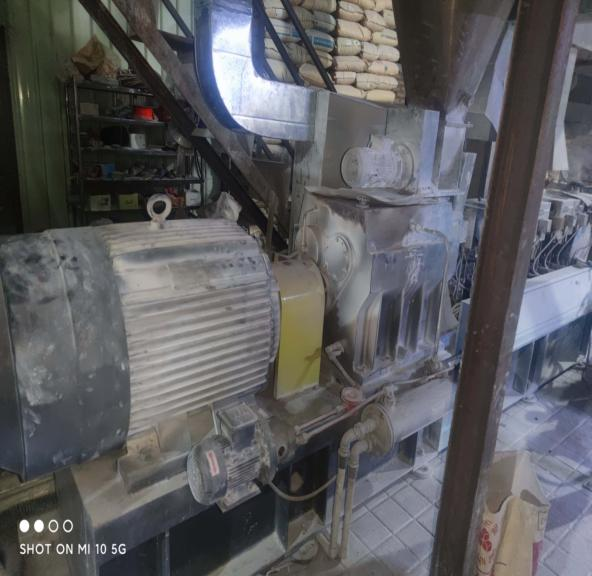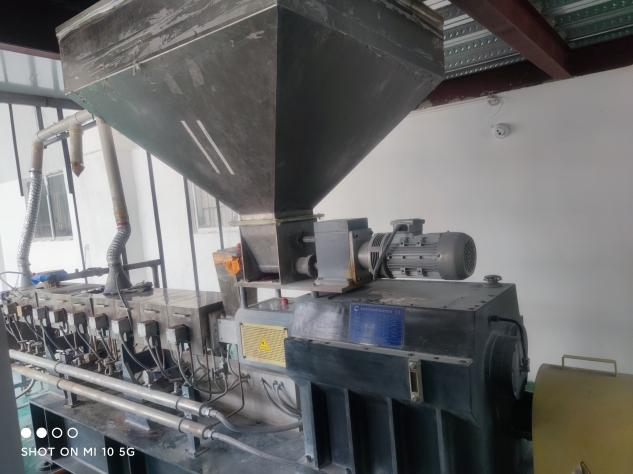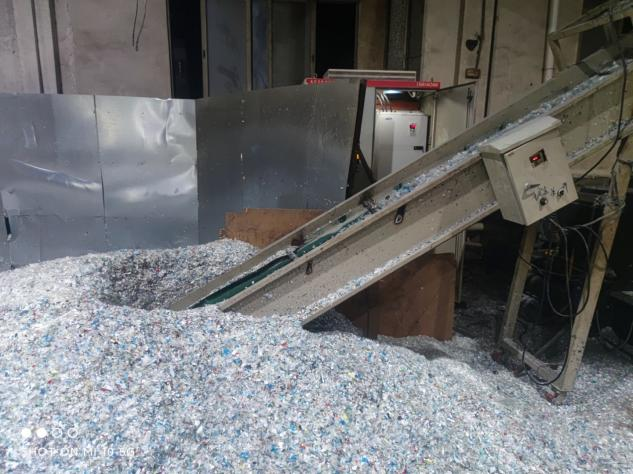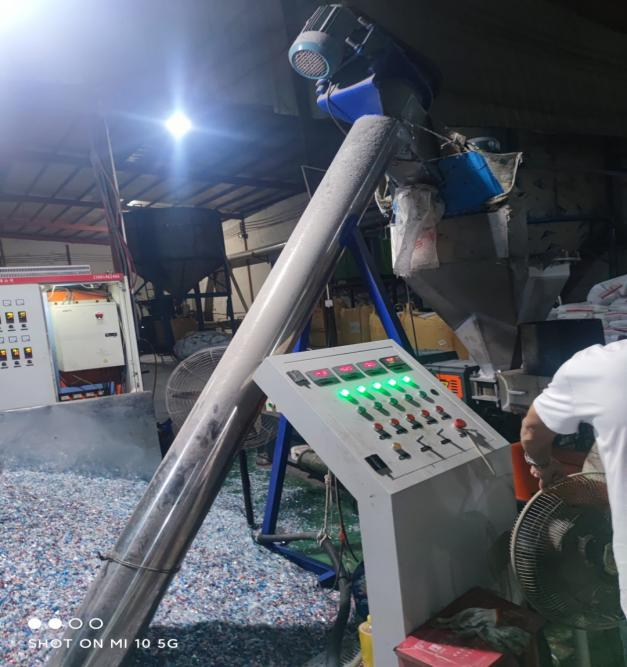Application of Frequency Converter in Extruder Machine
Frequency Converter Power Selection:
One unit of 500-T3-160 (Screw Main Engine)
One unit of 500-T3-5.5 (Feeding Auxiliary Machine)

Frequency Converter Main Engine Parameter Settings:
F0.02-1: External terminal start
F0.03-02: External potentiometer speed control
F3.03-02: Relay output (Fault alarm)
F3.07-01: AO1 output (Display main engine speed)
F3.08-02: AO2 output (Display main engine current)
Frequency Converter Auxiliary Machine Parameter Settings:
F0.02-1: External terminal start
F0.03-02: External potentiometer speed control
F3.07-01: AO1 output (Display feeding speed)
Advantages of JT500 Frequency Converter Application:
Reduce Series Costs: Smooth startup and no impact current improve product quality, reducing overall costs.
Increase Production Efficiency: Using a frequency converter for control can increase the motor's speed, thus enhancing production efficiency.
Stable Motor Temperature: Using a frequency converter maintains a constant motor temperature, effectively extending the motor's lifespan and ensuring high reliability.
Comprehensive Protection Features: The frequency converter offers various protections such as overvoltage, undervoltage, overcurrent, phase loss, temperature, etc., ensuring safety in production.
Basic Operation Process of the Equipment:
The frequency converter starts, driving the motor to accelerate. The motor, in turn, drives the screw. After reaching a certain speed, the auxiliary machine feeds (plastic film) slowly into the screw of the main engine.
The equipment melts the raw material (plastic film) by heating. The motor drives the screw to extrude the melted material through the die to form the desired shape. The extruded material is then pulled out.
The extruded product goes through a crusher to break it into plastic particles, ready for the next processing step.



 Quanzhou Ausenist Technology Co., Ltd
Quanzhou Ausenist Technology Co., Ltd